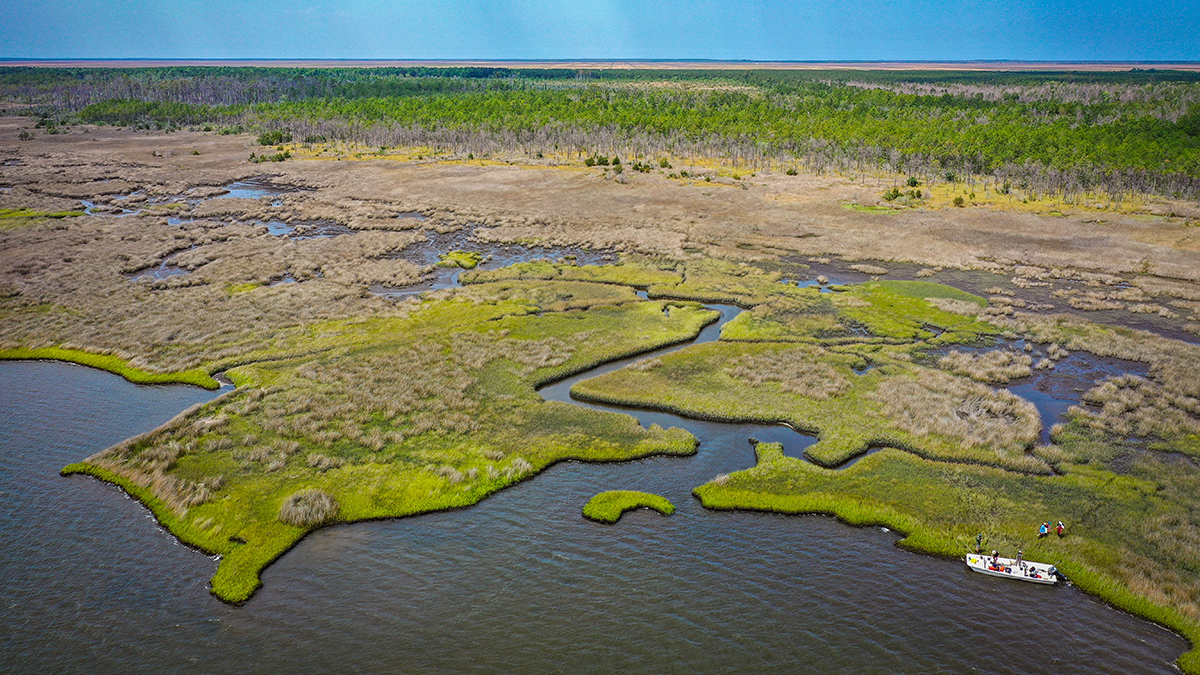
Oyster Creek, North Carolina
It is difficult to value salt marsh as a blue carbon habitat given the wide range of carbon accumulation rates reported in the literature. From collecting 51 sediment cores from seven salt marshes in North Carolina we found that the 14 to 323 g C/m^2 /yr range of carbon accumulation rates results from the landward or basinward trajectory of salt marsh colonization and the intertidal space available for accretion. Rates increase with accelerating sea-level rise and are highest at young and expanding marsh edges. The highest carbon densities are near the upland, highlighting the importance of this area for building a rich stock of carbon that would be prevented by upland development.
This study was part of Carson Miller’s MS thesis at UNC. She published two papers from work that took us about three years to complete.



